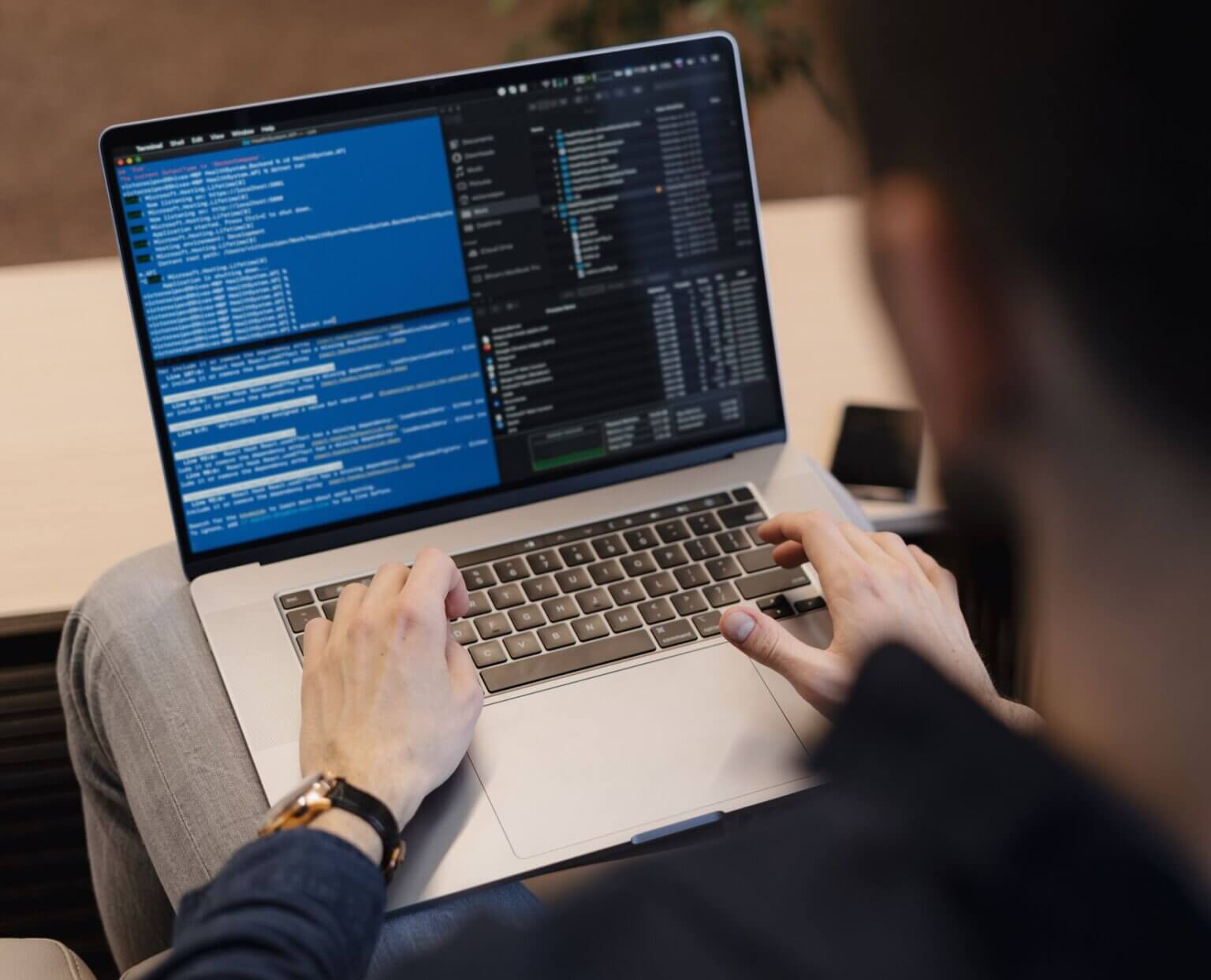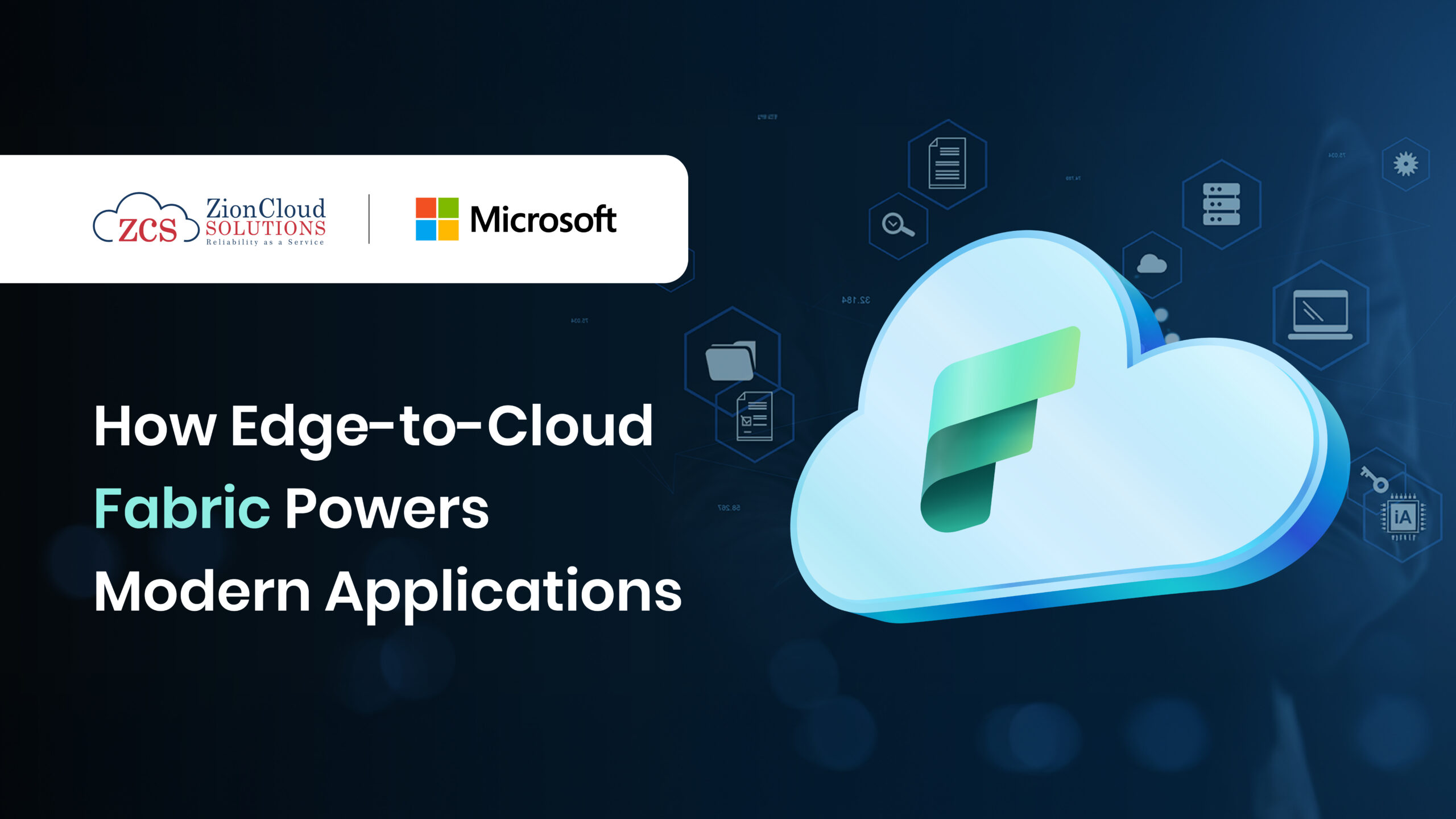Implementing DevSecOps: A Holistic Approach to Ensuring Robust Security in Software Development
Aug 10, 2023 09:33 AM
With the increasing dependency on technology and software systems, ensuring robust security in software development has become a paramount concern for organizations across industries. In order to address this challenge, a holistic approach known as DevSecOps has emerged, combining the principles of Development (Dev), Security (Sec), and Operations (Ops). Emphasizing collaboration between development teams, security professionals, and IT operations personnel throughout the entire software development lifecycle, DevSecOps aims to integrate security measures seamlessly into every stage of the process. This article explores the importance of implementing DevSecOps practices in today’s fast-paced digital landscape and highlights its benefits in bolstering overall software security.
Understanding the Principles of DevSecOps: Collaboration, Automation, and Continuous Monitoring
Collaboration, Automation, and Continuous Monitoring
Collaboration is a key principle in DevSecOps, as it encourages teams to work together and share responsibility for security. When developers, operations personnel, and security professionals collaborate from the beginning of the software development lifecycle (SDLC), they can identify potential security risks early on and implement effective strategies to mitigate them.
Automation plays a crucial role in implementing DevSecOps practices. By automating tasks such as code analysis, vulnerability scanning, and compliance checks, organizations can ensure that security controls are consistently applied across their software development process. This not only saves time but also reduces human error, allowing teams to focus on more complex aspects of securing their applications.
Continuous monitoring is another vital aspect of DevSecOps. Rather than relying solely on periodic assessments or audits, continuous monitoring involves constantly tracking the security posture of applications throughout their lifecycle. This proactive approach allows organizations to detect vulnerabilities or unauthorized activities promptly and respond accordingly before they turn into major breaches or downtime incidents.
Ensuring Continuous Security Testing: Strategies for Automating Security Checks
Continuous security testing is crucial in the software development process to identify and address vulnerabilities at every stage. By automating security checks, organizations can streamline their security testing efforts and ensure robust protection against threats.
1. Integrating automated security tools:
Integrating automated security tools into the development pipeline enables developers to detect potential vulnerabilities early on. By automatically scanning code repositories, applications, and infrastructure components, these tools provide real-time feedback on any possible weaknesses. Additionally, they allow for repeated scanning throughout the development lifecycle, ensuring continuous monitoring of potential risks.
2. Implementing secure coding practices:
Secure coding practices should be ingrained within the organization’s software development processes. Developers should receive training in secure coding techniques and adhere to established guidelines such as using input validation, proper error handling mechanisms, and least privilege principles. Automated code analysis tools can also assist by flagging insecure coding patterns or violations of best practices.
3. Performing regular penetration testing:
Periodic penetration tests simulate real-world attack scenarios to identify any weaknesses before they become exploitable vulnerabilities. While automation plays a significant role in continuous security testing, certain aspects like social engineering or complex logical attacks require human involvement for accurate assessment.
By employing these strategies for automating security checks in DevSecOps frameworks across all stages of software development life cycles (SDLC), organizations can easily detect and respond to emerging threats while maintaining a high level of system integrity.
Implementing Security Measures in the Development Phase
Integrating security into the development process
Implementing security measures during the development phase is crucial to ensure robust software security. By integrating security practices into every stage of the development process, developers can identify and address potential vulnerabilities early on, reducing the risk of a security breach.
Conducting comprehensive code reviews and static analysis
One effective way to enhance security in software development is through conducting thorough code reviews and leveraging static analysis tools. Code reviews enable developers to manually examine the code for any coding flaws or logical errors that could lead to vulnerabilities. Additionally, static analysis tools automatically scan the source code for potential risks, such as insecure API usage or insufficient input validation.
Regularly updating dependencies and libraries
Another key aspect of implementing effective security measures in software development is regularly updating dependencies and libraries used in the application. Many vulnerabilities stem from outdated components, as hackers are constantly discovering new ways to exploit them. By keeping up with updates provided by vendors or open-source communities, developers can ensure they have patched versions free from known vulnerabilities.
Securing the Deployment Pipeline: Implementing Security Gates and Controls
Implementing security gates and controls in the deployment pipeline is a crucial step towards ensuring robust security in software development. These gates and controls act as checkpoints throughout the process, allowing only secure code to progress further.
Continuous Code Analysis
One important security gate that can be implemented is continuous code analysis. This involves using automated tools to scan code for vulnerabilities, adherence to coding standards, and other potential flaws. The results of this analysis can then be used to prevent insecure code from moving forward.
Vulnerability Scanning
Another essential aspect of securing the deployment pipeline is vulnerability scanning. By regularly scanning all components of an application for known vulnerabilities, organizations can proactively identify any weaknesses or risks that could potentially be exploited by attackers. Through vulnerability scanning, weak points in applications can be addressed before they are deployed into production.
By incorporating these security gates and controls into the deployment pipeline, organizations can ensure that their software development process prioritizes security at every stage. This ultimately leads to more robust and secure applications being delivered to end-users.
Compliance and Governance: Incorporating Regulatory Requirements in DevSecOps
DevSecOps teams must prioritize compliance and governance to meet regulatory requirements while developing secure software. Here are some key considerations:
- Understanding Regulatory Landscape: It is crucial for DevSecOps teams to have a comprehensive understanding of the applicable industry regulations, such as GDPR or HIPAA. Keeping up-to-date with legal frameworks ensures that development processes align with the necessary compliance measures.
- Continuous Monitoring and Auditing: Regular monitoring and auditing play a vital role in maintaining compliance. Implementing automated tools can help identify potential security gaps throughout the software development lifecycle. By regularly reviewing system logs and analyzing security incidents, organizations can create an environment of accountability.
- Documentation and Reporting: Documenting policies, procedures, risk assessments, incident response plans, and other relevant information is essential to demonstrate adherence to regulatory standards. Comprehensive documentation strengthens an organization’s ability to respond effectively during audits or investigations.
Adhering to regulatory requirements not only guarantees legal compliance but also helps build trust with customers who value data privacy protection. By incorporating these principles into their DevSecOps practices, organizations can minimize risks while delivering reliable software solutions.
Measuring the Effectiveness of DevSecOps: Key Metrics and Performance Indicators
Key Metrics and Performance Indicators
To gauge the effectiveness of DevSecOps implementation, it is essential to track key metrics and performance indicators. These measurements provide insights into the security posture of software development processes while identifying areas for improvement.
Number of vulnerabilities detected and resolved
The number of vulnerabilities found in code during development is a vital metric that demonstrates the effectiveness of security practices. By analyzing this metric, organizations can assess their ability to identify and fix flaws before they become significant threats.
Time taken to remediate vulnerabilities
Another crucial indicator is the time it takes to address and resolve identified vulnerabilities. This metric helps determine how efficiently teams respond to security issues while reducing potential exposure points within software systems.
Frequency and success rate of automated testing
Considering automated testing’s role in improving efficiency and accuracy, monitoring its frequency is critical. The regularity with which automated tests are performed provides insight into an organization’s commitment to ensuring robust security throughout the development lifecycle. Additionally, tracking the success rate of these tests can reveal any gaps or weaknesses in existing procedures.
By paying close attention to these key metrics and performance indicators, organizations implementing DevSecOps can continuously evaluate their progress towards effective security integration within software development practices.
Securing Cloud-based Environments: Challenges and Solutions in DevSecOps
Challenges in Securing Cloud-based Environments
Securing cloud-based environments poses several challenges for organizations. First, the dynamic nature of these environments makes it difficult to maintain consistent security configurations. As resources are added or removed, vulnerabilities can be introduced if proper security controls are not in place. Additionally, the shared responsibility model of cloud computing means that organizations must rely on their cloud service providers (CSPs) to implement and manage core security measures. Lack of visibility into the CSP’s security practices can create concerns about data breaches or unauthorized access.
Another challenge is the complexity of managing multiple cloud services and platforms. Organizations often use a combination of public, private, and hybrid clouds for different workloads. Each environment has its own unique security requirements which complicates managing access controls, encryption protocols, and network permissions across these diverse setups.
Solutions in DevSecOps
DevSecOps provides solutions to address these challenges and strengthen cloud-based environment security:
- Continuous Monitoring: Implementing continuous monitoring tools automates the identification of potential threats or vulnerabilities by regularly scanning both infrastructure and application layers within the cloud environment.
- Security-as-Code: Embedding security controls directly into code development processes ensures that best practices are followed throughout software development stages.
- Automation & Orchestration: Using automation tools simplifies repetitive tasks such as provisioning secure resources or enforcing compliance policies across hybrid environments.
- Secure Configuration Management: Applying hardened configurations based on industry standards helps prevent misconfigurations in cloud architectures that could lead to exploits or unauthorized access.
By embracing a holistic DevSecOps approach, organizations can proactively identify risks and minimize potential vulnerabilities inherent to securing their cloud-based environments while accelerating software delivery without compromising on robustness of application security standards across various deployment models used by businesses today.
Overcoming Challenges in Implementing DevSecOps: Lessons Learned and Key Takeaways
Challenges in Implementing DevSecOps
While implementing DevSecOps can provide numerous benefits, the process is not without its challenges. Here are some lessons learned and key takeaways from those who have encountered obstacles during the implementation:
- Cultural Resistance: One of the primary challenges organizations face when implementing DevSecOps is cultural resistance to change. The traditional separation between development, security, and operations teams can create silos that hinder collaboration. Overcoming this challenge requires fostering a culture of shared responsibility and continuous learning.
- Lack of Skills and Expertise: Another common hurdle is a lack of skilled professionals with expertise in both security and DevOps practices. Finding individuals who possess an understanding of secure coding techniques, vulnerability management, automation tools, and cloud security can be difficult. Upskilling existing team members or partnering with external experts may be necessary to overcome this challenge.
- Integration Complexity: Integrating various tools and technologies across different stages of software development poses significant complexity for teams adopting DevSecOps. Ensuring seamless integration among code repositories, build systems, testing frameworks, threat modeling tools, vulnerability scanning systems, and secure deployment mechanisms requires careful planning and coordination.
Key Takeaways for Successful Implementation
To navigate these challenges successfully while implementing DevSecOps:
- Foster a collaborative culture that emphasizes communication, knowledge sharing, shared goals, and accountability across all teams involved.
- Invest in training programs or certifications for existing team members to bridge any gaps in skills related to both security practices and DevOps methodologies.
- Prioritize tool integration by carefully selecting compatible solutions that support automated workflows throughout the software development lifecycle.
- Continuously monitor industry trends regarding emerging threats and best practices to stay up to date on evolving security issues relevant to your organization’s context.
- Regularly conduct thorough code reviews as part of an ongoing commitment to enhancing code quality and identifying potential vulnerabilities before they become critical.
Related Blogs
Explore More
How Fabric Normalizes Telemetry Across AWS, GCP, and Azure: A Technical Comparison
If you’ve ever tried to build a single observability view across AWS, GCP, and Azure, you already know the reality:…

How Edge-to-Cloud Fabric Powers Modern Applications
Modern applications no longer sit quietly inside a single data center or depend entirely on the cloud. They live across…

OneLake Intelligence: The New Operating System for Enterprise Data
Every organization today is drowning in storage accounts, warehouses, lakes, pipelines, and layers of integration work that nobody fully controls…

